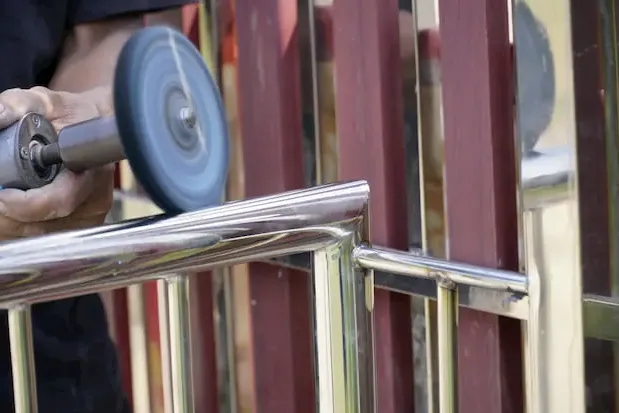Stainless steel is widely used across numerous industries due to its exceptional strength, corrosion resistance, and versatility. However, one often overlooked aspect of stainless steel fabrication is the surface finish. The finish applied to stainless steel not only influences its appearance but also affects its performance, longevity, and overall functionality. In this article, we will explore why surface finish plays a critical role in stainless steel fabrication.
Understanding Surface Finish in Stainless Steel
Surface finish refers to the texture, smoothness, and overall appearance of the stainless steel surface after it has been processed. This is typically achieved through various techniques, including polishing, grinding, blasting, and chemical treatments. The finish is essential because it influences several key characteristics of the material, from its corrosion resistance to its aesthetic qualities.
Enhancing Corrosion Resistance
One of the primary reasons for using stainless steel is its resistance to corrosion. A proper surface finish can significantly enhance this property. A smooth finish reduces the number of crevices or cracks on the surface, where dirt, moisture, and chemicals could accumulate, causing corrosion or rust.
For instance, a highly polished surface finish helps maintain the steel’s protective oxide layer, ensuring it remains effective in resisting rust and other forms of deterioration. This is especially crucial in industries like food processing, pharmaceuticals, and marine applications, where maintaining the integrity of the material is vital.
Aesthetic Appeal
In stainless steel fabrication, the surface finish is often a deciding factor for aesthetic purposes. Stainless steel is known for its sleek, modern appearance, and the right finish can enhance its visual appeal. Different finishes, such as brushed, satin, or mirror finishes, offer varying levels of gloss, texture, and reflection.
A mirror finish, for example, creates a reflective, shiny surface often used in high-end architectural or decorative applications. On the other hand, a brushed finish provides a more subdued, matte appearance, commonly found in kitchen appliances, railings, and furniture. These aesthetic preferences highlight how important the surface finish is in meeting the design and visual requirements of the project.
Impact on Durability and Maintenance
Another critical factor that makes surface finish important is its impact on durability and maintenance. A well-finished stainless steel surface is easier to clean and maintain, reducing the buildup of grime, bacteria, and other contaminants. This is particularly important in industries such as food and beverage, where hygiene is paramount.
In contrast, a rough or poorly finished surface can attract dirt and bacteria, potentially compromising hygiene standards. Moreover, rough surfaces are more prone to scratching and damage, which can negatively affect the longevity and performance of the material.
The Role of Surface Finish in Fabrication Processes
In stainless steel fabrication, the surface finish also plays a significant role in the ease and quality of the welding and machining processes. A smooth and consistent surface allows for more efficient welding, as the material will heat and bond more uniformly. This results in stronger, cleaner welds with fewer defects.
Additionally, specific surface finishes can also influence how well stainless steel holds up during additional processing or coating applications. Whether applying a paint, powder coating, or other treatments, a properly finished surface ensures better adhesion and durability of the coatings.
Types of Surface Finishes Commonly Used in Stainless Steel Fabrication
Several surface finishes are commonly applied in stainless steel fabrication, each serving a different purpose:
- Mill Finish: This is the initial finish directly from the manufacturing process. It typically has a rough surface and is used for industrial applications where appearance is less important.
- Brushed Finish: A popular choice for both aesthetic and functional purposes, this finish features fine lines in one direction, providing a soft, matte look often used for appliances, countertops, and handrails.
- Mirror Finish: Achieved through a polishing process, this finish provides a high-gloss, reflective surface commonly used in decorative and architectural applications.
- Satin Finish: A smooth, slightly reflective finish that offers a soft sheen without being too shiny. It is often used in applications that require a balance of aesthetics and functionality.
- Bead Blasted Finish: This finish is created by blasting the steel surface with small beads to create a uniform, matte appearance, commonly used in industrial and marine applications.
- Electropolished Finish: A chemical treatment process that removes a thin layer of material to create a smoother, more corrosion-resistant surface. This finish is often used in medical equipment and food processing applications.
Conclusion
In stainless steel fabrication, the surface finish is far more than just an aesthetic choice. It has a profound impact on the material’s performance, longevity, and resistance to corrosion. Whether it’s enhancing the steel’s ability to resist the elements, ensuring easier maintenance, or contributing to its visual appeal, the right surface finish is crucial for achieving the desired outcome in any project.
